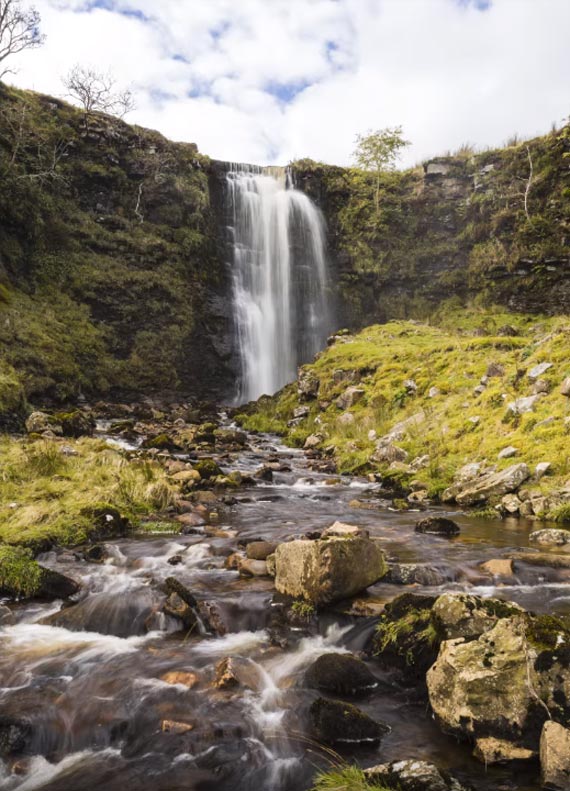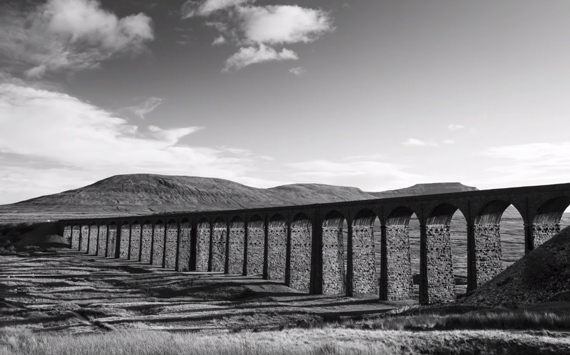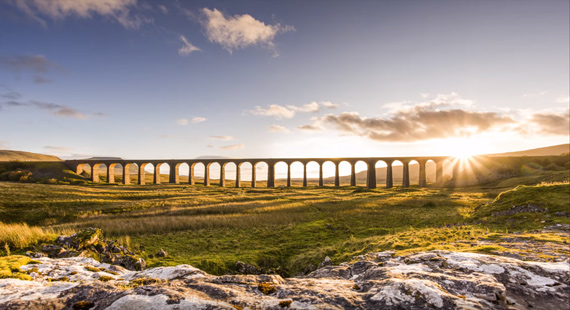If you’ve ever wondered how landscape photographers work out what their camera settings should be, this video by Adam Karnacz is for you:
Karnacz takes us on location in the Yorkshire Dales and sets up three different shots.
He explains that he’s been reluctant to talk about his camera settings before, because he didn’t want that to become the most important thing for beginners to focus on, but he decided to devote a whole video to it.
Karnacz always shoots in manual mode, because he wants his camera to be an extension of him. For that, he needs full control over what the camera is doing. He shoots solely in RAW format too.
The first thing he does is get his camera on his tripod, then he thinks about the exposure triangle: the relationship between aperture, ISO and shutter speed.
Karnacz usually starts with ISO 100, as that covers most situations. For aperture, if he has something in the foreground close to the lens, he will choose a higher aperture such as f/16 so that it’s all in focus. If there’s nothing in the foreground he wants to capture he shoots between f/8 and f/11 for maximum sharpness. He then adjusts his shutter speed to get the right exposure for the image he’s taking.
The first shot Karnacz sets up for is of a waterfall. He says waterfalls are great for practising in manual mode, and he uses a circular polarizer to cut reflections from the water and wet rocks. He has to shoot at f/22 with the polarizer on, and sets his shutter speed for 1/4 of a second. At this speed, the image will have nice movement of the water—silky but not unnaturally so.
The next shot is one of Ribblehead Viaduct with the hills in the background. Karnacz shoots in f/16 because there are some reeds in the foreground of the shot and he wants them in focus. He starts off with his settings at 1/10 second and ISO 100.
He looks at the built in camera light meter to check, then looks at live view, using the LCD screen to see how the image will look at those settings. He also uses the histogram to adjust and get it as good as possible.
Focusing is done by using touch to focus in live view, because on his Canon 5D Mark IV this is a perfect way to focus. If you don’t have that feature, he suggests using autofocus to get your focus, then switching the lens to manual focus. He also uses the 2 second timer on his camera to help reduce camera shake when he presses the shutter.
The last shot is also taken at the viaduct, with the sun behind it as it sets, so the light shines through the arches. He has his settings at f/16 and ISO 100.
Karnacz explains that shooting at sunset is a challenge, as you have a much brighter sky than a foreground. There are two options for this: bracket or use an ND grad filter. Karnacz chooses to bracket as he finds it easier, setting the brackets around two stops either side.
“It’s not the camera settings that are going to make you a great landscape photographer, it’s about the visualization and getting out into these amazing landscapes and putting your personality into your photographs.”
Like This Article?
Don't Miss The Next One!
Join over 100,000 photographers of all experience levels who receive our free photography tips and articles to stay current:








How much Landscape photographers charge normally?
Thanks for the insightful article!